Past Recipients
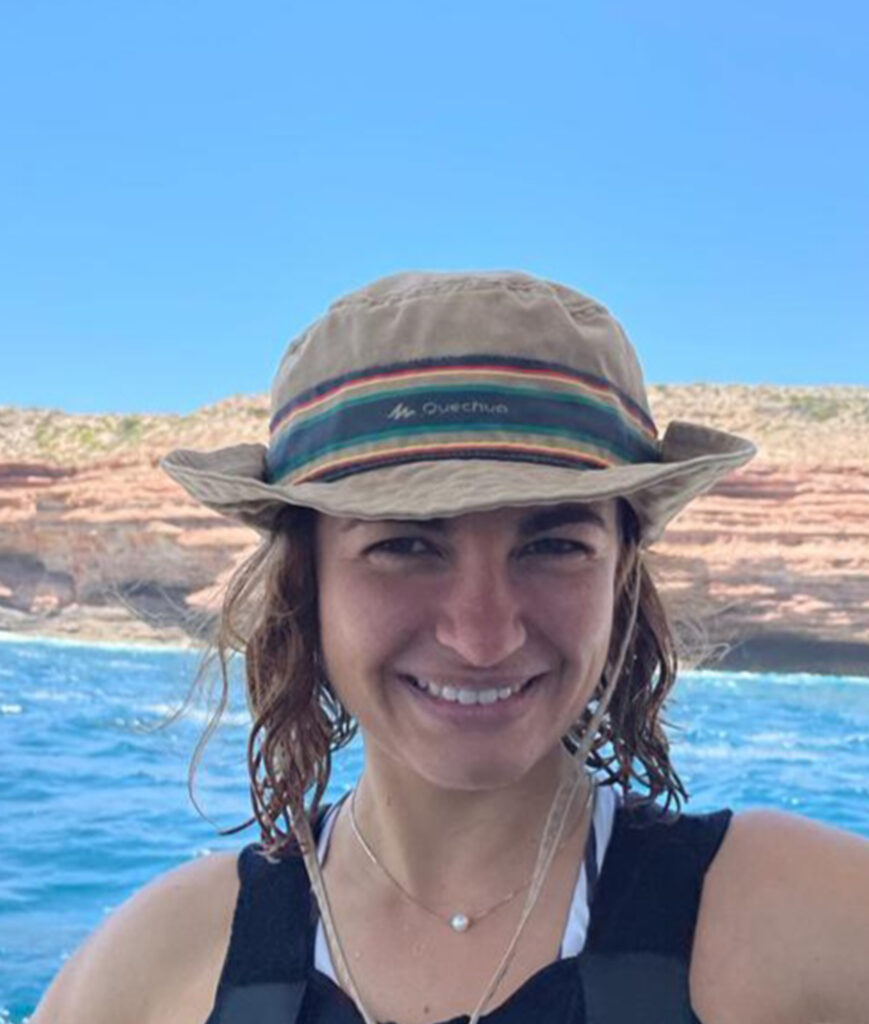
Océane ATTLAN (UWA)
Temperate Marine Ecosystems Under Tropicalisation: An Insight Of Species Redistributions And Ecological Function Changes Along The Western Australia Coastline.
Océane is a dedicated PhD candidate at The University of Western Australia, driven by a passion for unravelling the intricacies of marine ecosystems. She completed a Master of Marine Science in 2020 at the University of Reunion Island, researching the health status of the habitat where tropical fish reside.
Subsequently, she embarked on another exciting research project on seagrass microbiome supervised by scientists from CSIRO in Perth. Océane is currently combining my personal interest in marine ecology, her professional skills in diving and skippering activities and my academic expertise to complete a PhD focused on temporal and spatial changes in community structure in Western Australia’s temperate reefs.
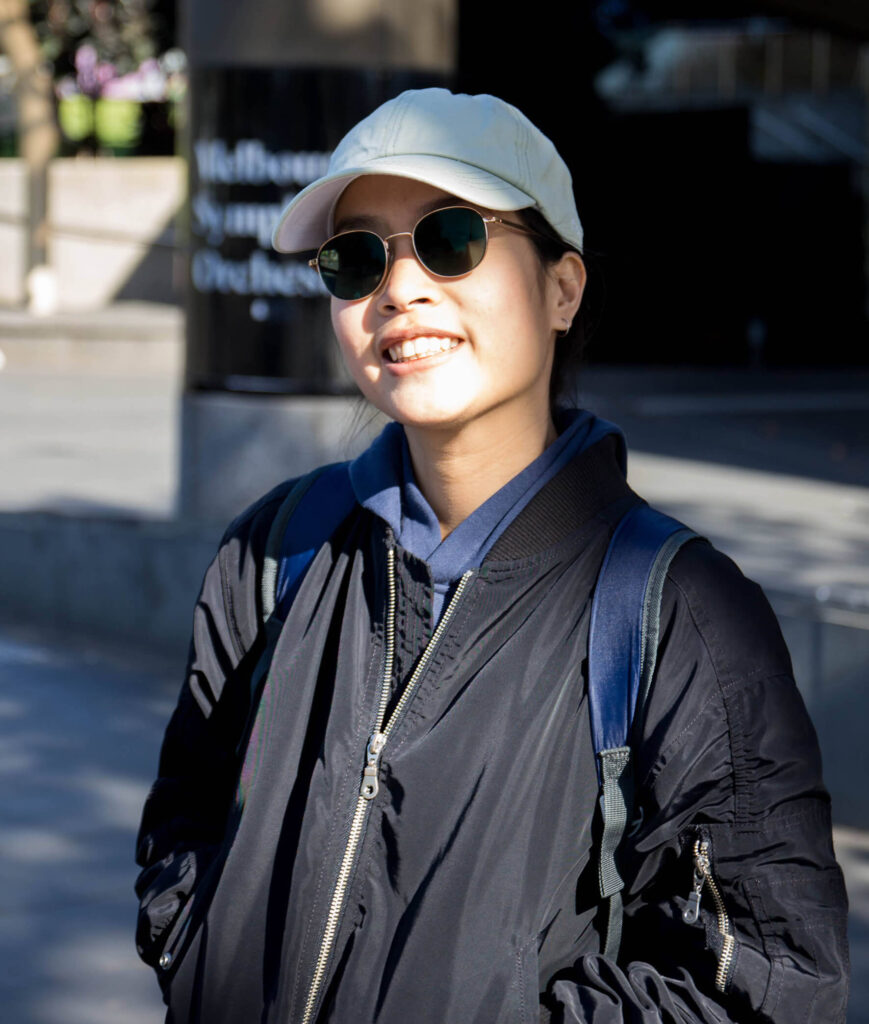
Faith CHEN (Murdoch)
Comparing methods for monitoring feral cats.
Faith Chen is currently a PhD student at Murdoch University and her thesis is about the refinement of current methods for feral cat monitoring. She is passionate about the protection of Wildlife. Since moving to Australia for her undergraduate studies, she has learnt about the status of Australia’s biodiversity and the impacts of introduced predators and desires to make meaningful and applicable contributions through her research.
This grant will contribute to her thesis in comparing the use of images and genetic tools (faecal DNA and hair DNA) to individually identify feral cats in a population in the Southern Rangelands.

Abdulla Alson ATHIF (UWA)
Radioactive Legacy from Nuclear Weapons Testing at the Montebello Islands, Western Australia.
Alson Athif is a Coastal Engineer and second-year PhD candidate at the University of Western Australia. He has a B.Eng degree in Civil Engineering from UNSW, Australia and a MSc Degree in Coastal Engineering & Port Development from IHE Delft, Netherlands. Alson’s PhD project, funded by UWA and CSIRO, is focused on studying the effects of different benthic cover on waves and the extent to which remote sensing can be used to generate spatially varying roughness maps to help improve coastal wave models

Alexander EVES (UWA)
Petrogenesis and metallogenic significance of the Speewah Deposit – a world-class Ti-V deposit and associated PGE+Au reef hosted within the Hart-Carson Large Igneous Province, North Australian Craton.
Alex is a geologist with 30 years’ experience in the Western Australian resources sector, working in both exploration and production roles across iron ore, gold, base metals, mineral sands, diamonds and some specialty commodities. Alex is currently undertaking a PhD project on the Speewah Ti-V Deposit – a world-class mineral system located in the East Kimberley Region of Western Australia where he was involved in the early development phase of the project.
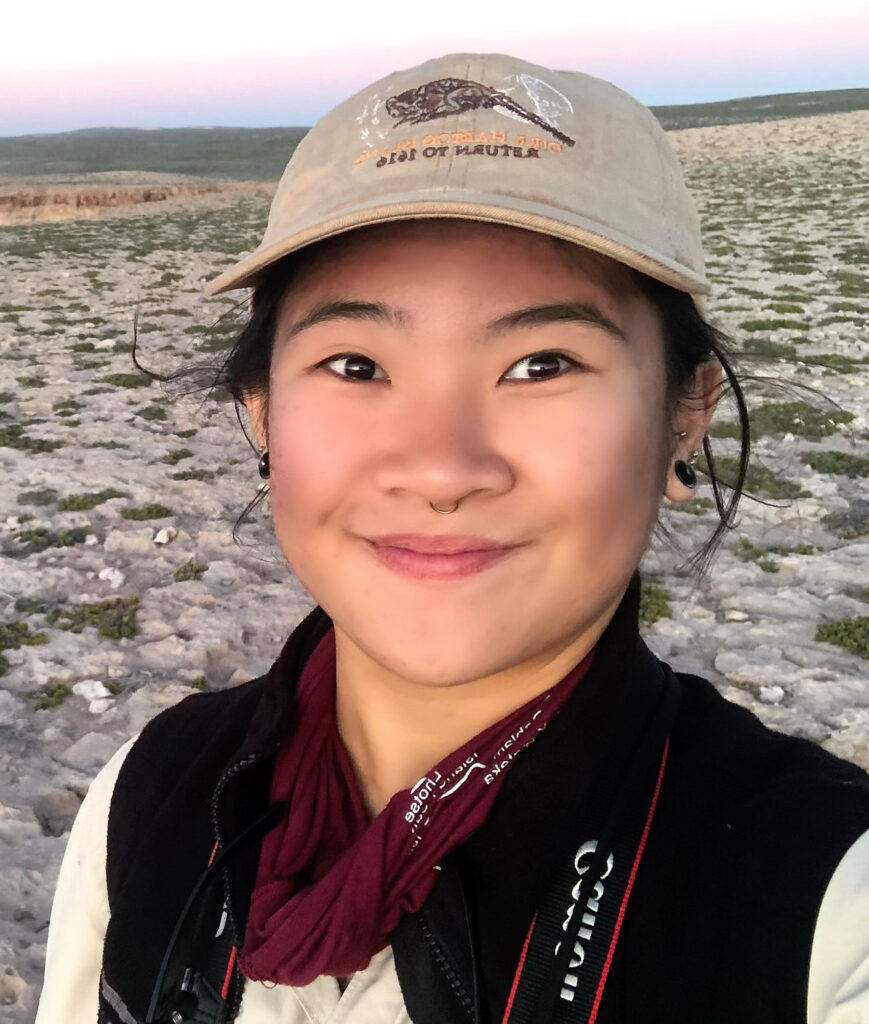
Rebecca QUAH (ECU)
Improving translocation success for Gilbert’s potoroo (Potorous gilbertii): Dietary and habitat complexities impact.
Rebecca is a wildlife ecologist working in the research and consulting industry with a passion for vertebrate fauna, translocations, ecological restoration and molecular biology. She is currently undertaking a PhD at Edith Cowan University looking at the conservation of Gilbert’s potoroo (ngilgyte, Potorous gilbertii).
She also attained a Master of Biological Science at the University of Western Australia where she incorporated genetics into population models to inform translocation decisions for the Shark Bay mouse (djoongari, Pseudomys gouldii) as part of the Dirk Hartog Island Project ‘Return to 1616’. Prior to that, she completed a Bachelor of Science at Murdoch University.
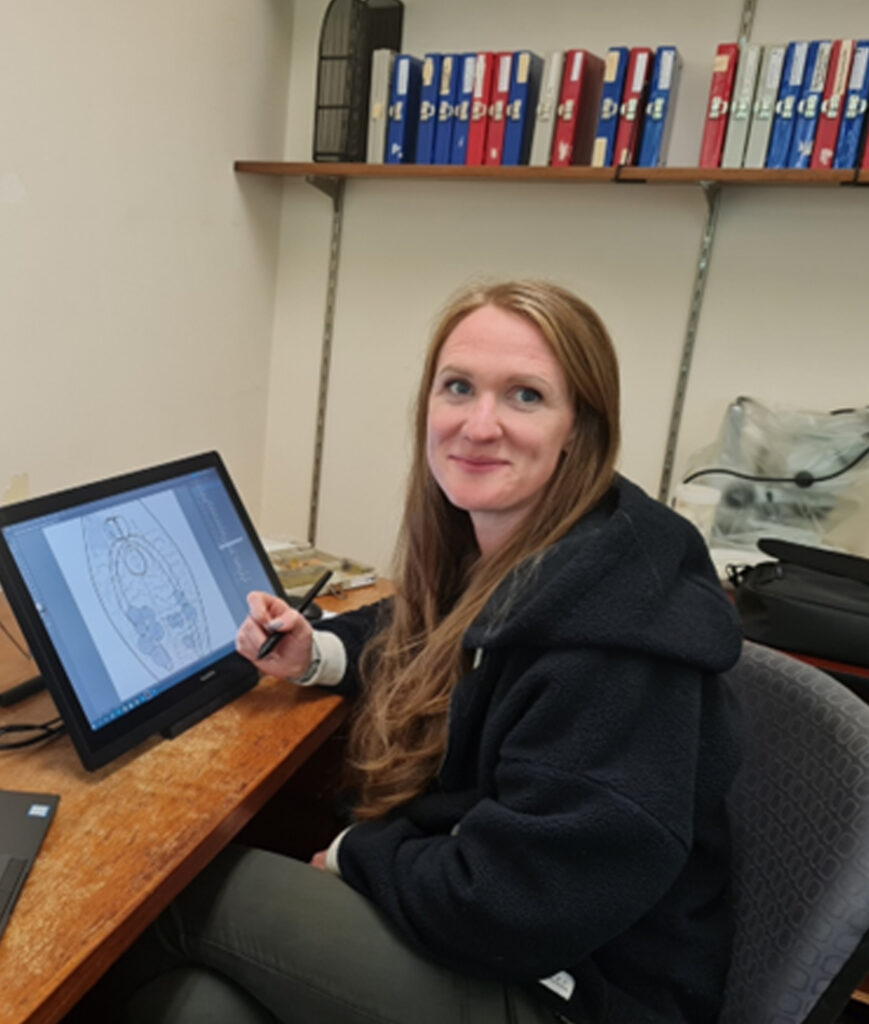
Helen ARMSTRONG (Murdoch)
Taxonomy, Systematics, Biodiversity and Biogeography of the Cryptogonimidae (Platyhelminthes: Trematoda) in Australian Marine Fishes.
As an avid diver Helens interest in the marine environment led her to a PhD position in Marine Parasitology. Her PhD focusses on taxonomy, systematics, and biogeography of the Cryptogonimidae, a family of trematode flatworms.
Her field work extends through the Indian Ocean region and aims to resolve questions of crytogonimid distribution in the region. Using molecular testing combined with morphological information she is able to describe new species and clarify systematic inconsistencies within the family.
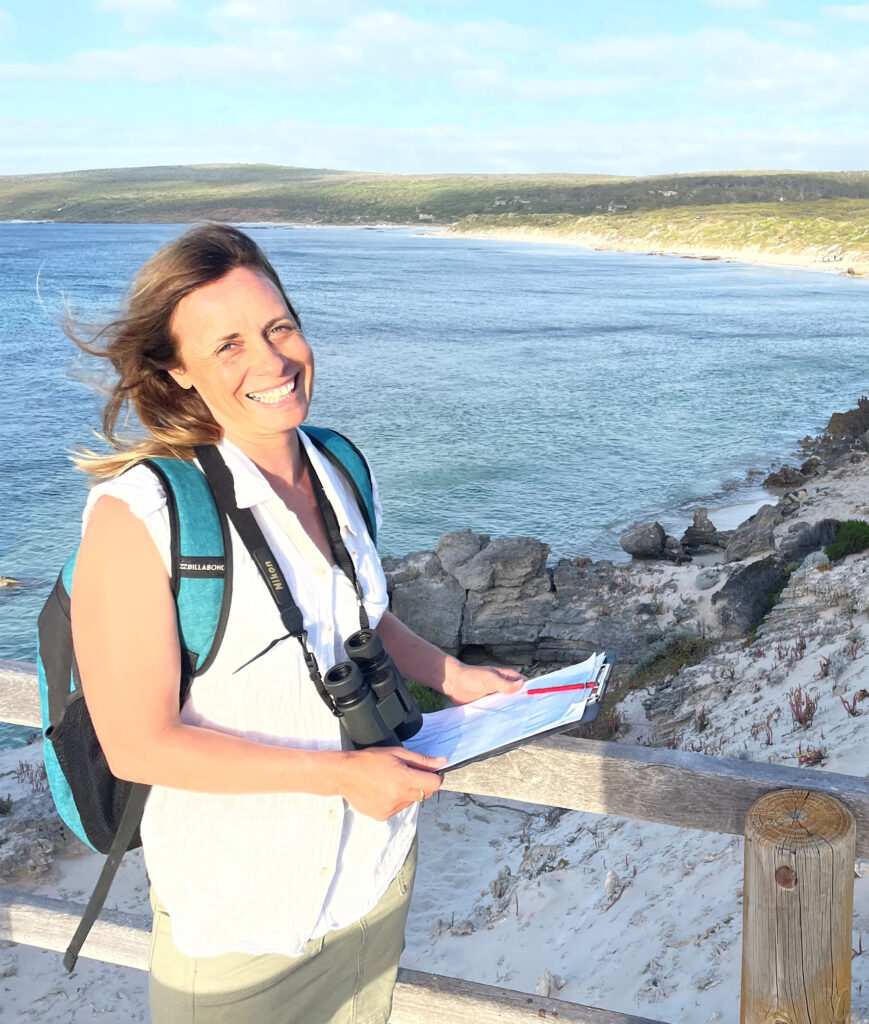
Kirrily HASTINGS (ECU)
Finding space: Breeding territory abandonment in Western Hooded Plover in association with human use of beaches and altered habitat quality.
Kirrily has worked as an environmental scientist in the southwest of WA for 25 years and is interested in research that supports management-focused conservation. She has worked in a diverse range of government and consulting roles, with a focus on coastal waterways, private land conservation, and management of terrestrial and marine conservation areas.
Kirrily’s research will compare human use, food resources and dune characteristics at occupied and abandoned breeding territories of the Western Hooded Plover in the Cape Naturaliste to Cape Leeuwin coastline, where there is a history of breeding territory abandonment with unknown cause.
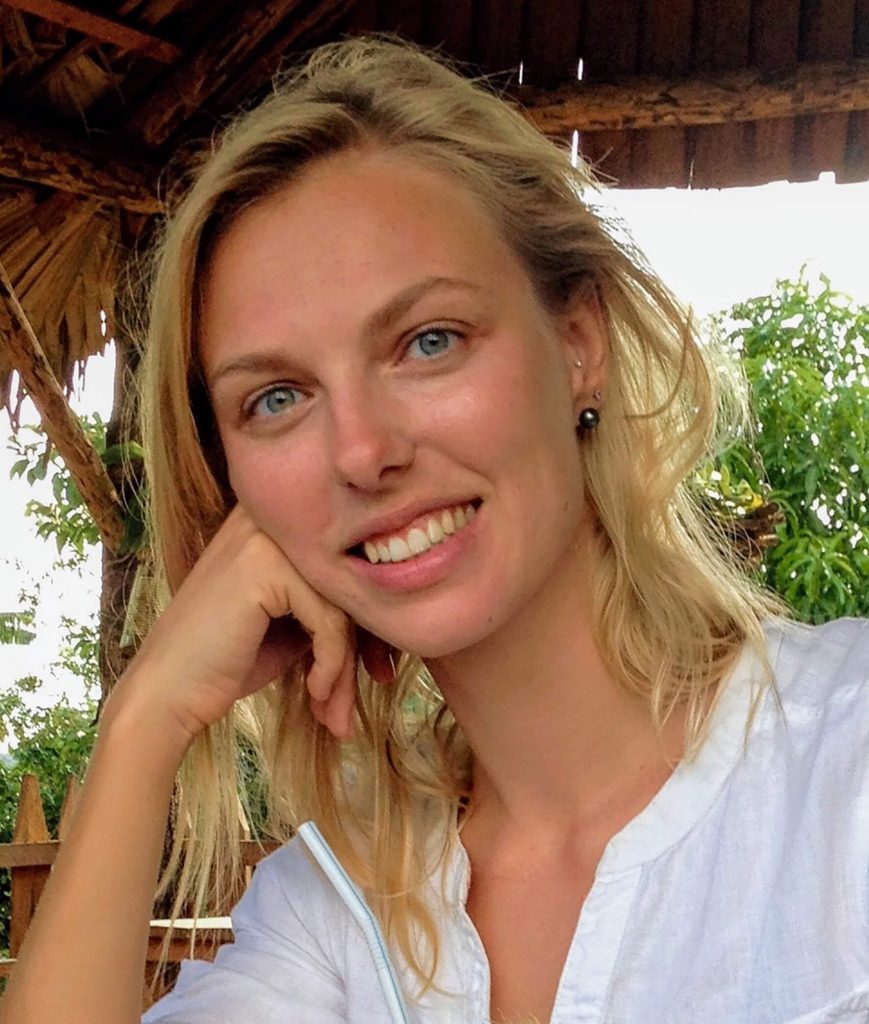
Marie Windstein (Murdoch)
Spatial ecology of sharks and rays in the nearshore environment of a newly created Sea Country Indigenous Protected Area, Kimberley, Western Australia.
Marie’s greatest concern is coastal ecosystem degradation and its impact on marine diversity. Through both academic and professional experiences, I’ve gained an in-depth understanding of the ecological value of our coasts and witnessed the widespread conservation challenges associated with our ever-increasing use of coastal areas.
Rooted in a life-long passion for the ocean, my research interests stand at the intersection of spatial ecology and marine conservation. Designed in collaboration with Karajarri Traditional Owners and the Department of Primary Industries and Regional Development, my research employs acoustic telemetry to study the spatial ecology of sharks and rays in the Karajarri Sea Country Indigenous Protected Area.
We focus on the movements of globally threatened sawfish and culturally significant stingrays in a communal elasmobranch nursery. This data yields quantitative insights into their local movement, ecological connections, and habitat-related behaviors, benefiting the preservation of these endangered species and supporting a tailored management strategy for Karajarri Sea Country managers.
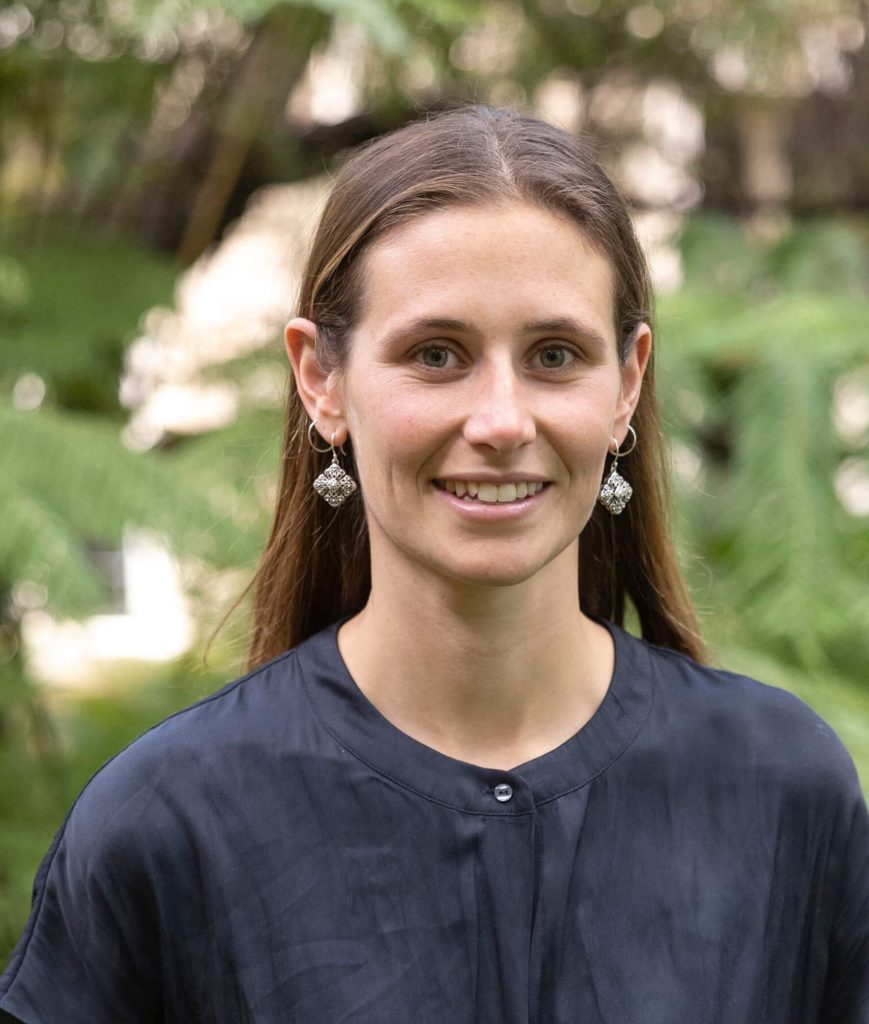
Ursula Rodrigues (UWA)
Caring for Country and people with Noongar fire: A two-way investigation of fire management in southwestern Australia.
An affinity with southwest Australian landscapes and an interest in how humans interact with them led Ursula to cross-cultural research. Her PhD focusses on the outcomes for people and Country of contemporary Noongar fire stewardship and collaboration between land managers and Noongar peoples in fire management in the Fitz-Stirlings region in southern WA.
Using mixed methods approaches, Ursula and her colleagues at UWA Albany are working alongside Noongar Elders and knowledge holders to investigate shared questions about Elder-led burning practices, including how and when fire is necessary for management according to Noongar bio-cultural knowledge, floristic outcomes of experimental burning, and social and cultural outcomes of the Elder-led burn program she is facilitating.
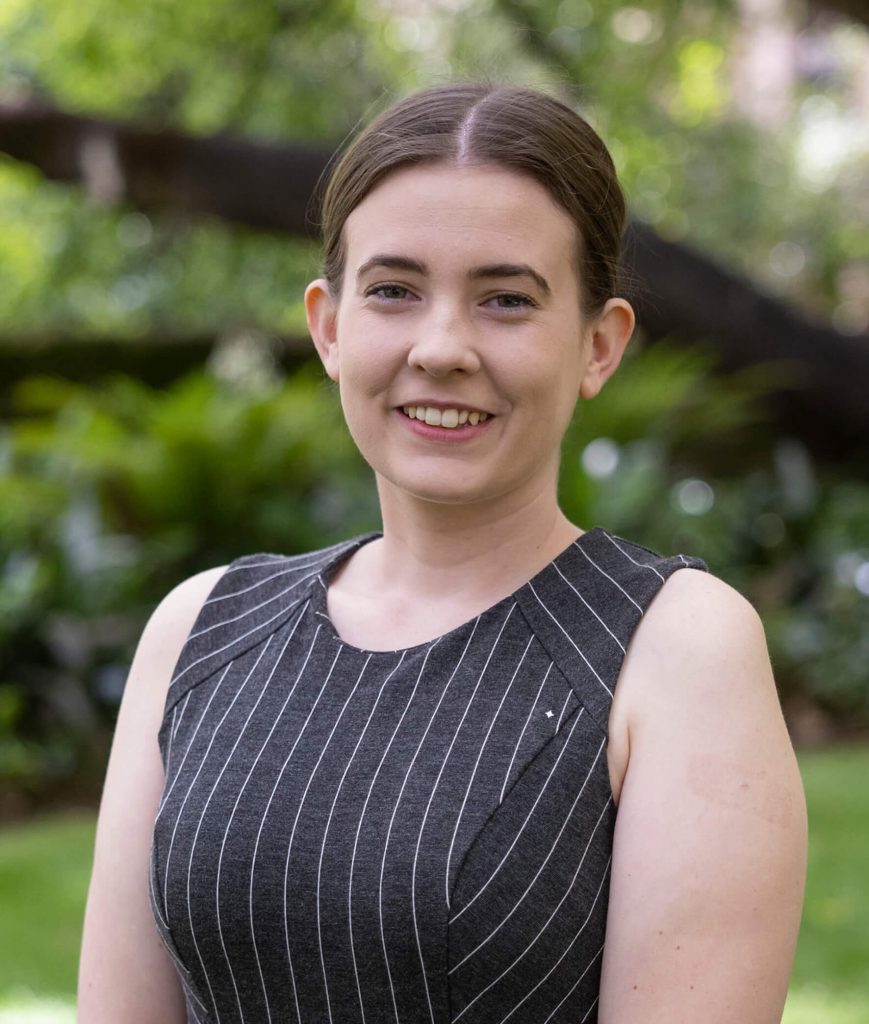
Madison Williams-Hoffman (ECU)
Radioactive Legacy from Nuclear Weapons Testing at the Montebello Islands, Western Australia.
Madison, following her undergraduate and honours studies at the University of Queensland, now investigates the environmental impact of nuclear weapons testing in Australia. Focusing on the Montebello Islands, Western Australia, she assesses the lasting radioactive legacy from detonations seven decades ago, gauging implications for the current and future aquatic ecosystem within the state marine park.
Madison actively promotes effective science communication, gaining recognition in outlets like The Guardian, The Conversation, and ABC. She manages ECU’s Environmental Radiochemistry Laboratory, specializing in biosecurity and hazardous substances. In May, Madison welcomed her first child, dedicating her limited spare time in 2023 to advocating for improved parental leave for research students in Australian universities.
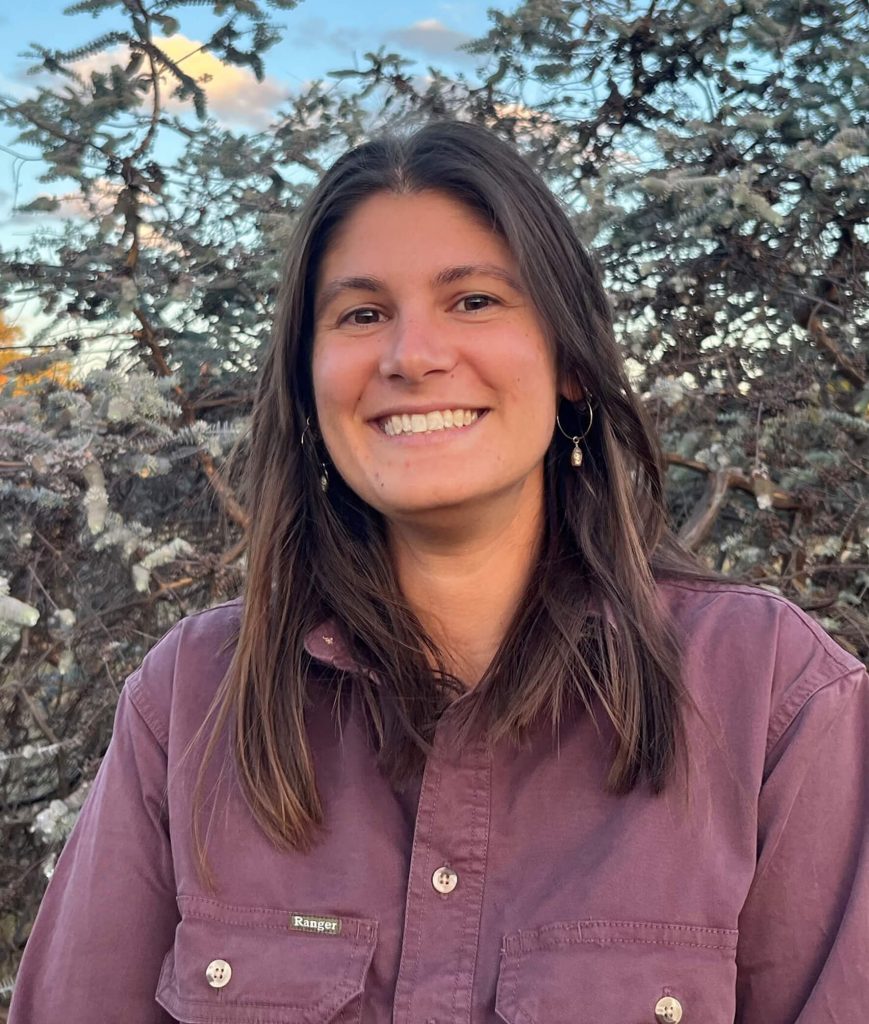
Natasha Harrison (UWA)
Robust measures of anti-predator behaviour in Western Australia’s critical weight range mammals.
Tash Harrison is a conservation biologist, incorporating the fields of behavioural and population ecology into her work. She is currently working to quantify the loss of anti-predator traits from havened populations of mammals, to investigate drivers of such losses, and determine any survival consequences of weakened anti-predator responses. Ultimately, Tash is motivated to provide tangible evidence with which to inform strategic conservation management of Australia’s unique fauna.
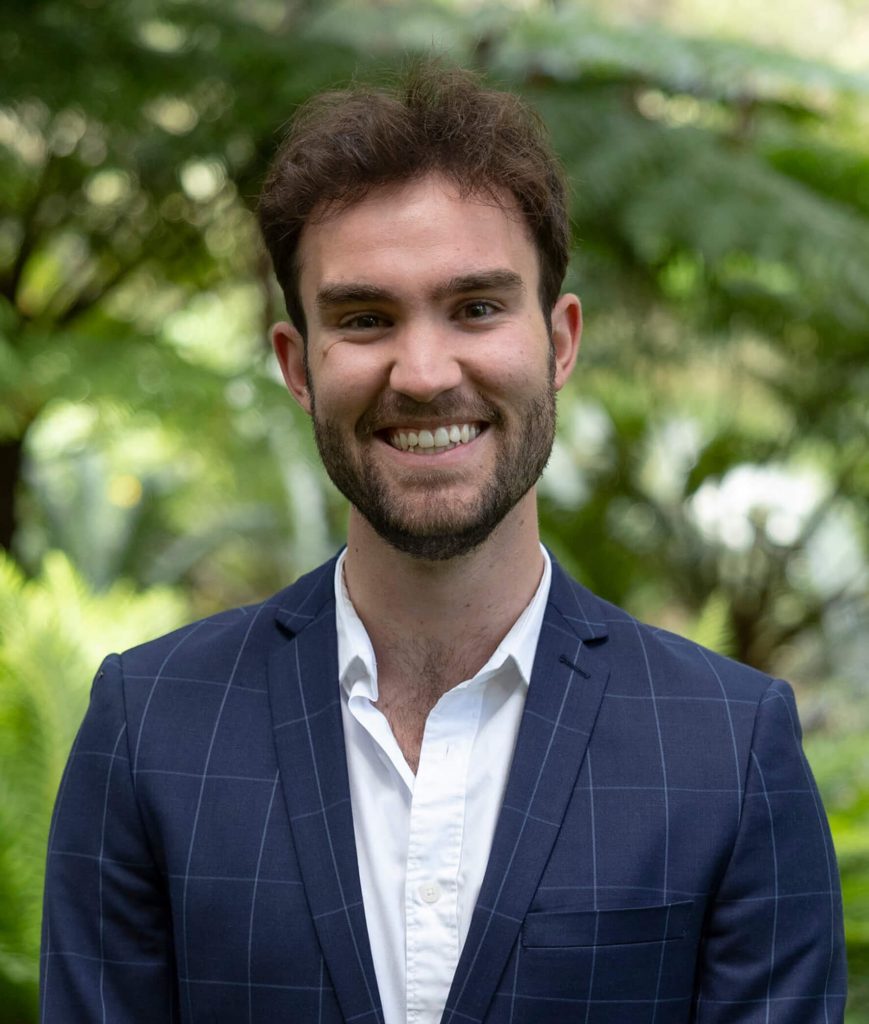
Patrick Morrison (UWA)
Voyaging in Murujuga: A Study of Maritime Culture and Climate.
Patrick Morrison is an archaeologist and PhD student at the University of Western Australia. His research focuses on how people in Northwest Australia adapted to climate shifts and rising sea levels over 10,000 years. In 2022, the John Glover RSWA Grant aided stable isotope analysis of ancient shellfish from Murujuga, offering insights into historic sea temperatures and changing coastal foraging patterns.
Patrick specializes in underwater archaeology, using 3D photogrammetry to document shipwrecks like Trial 1622 and Zeewijk 1727 with the WA Museum. He co-authored the first discovery of submerged Aboriginal artifacts on the Australian continental shelf. He also teaches Maritime and Historical Archaeology at UWA.
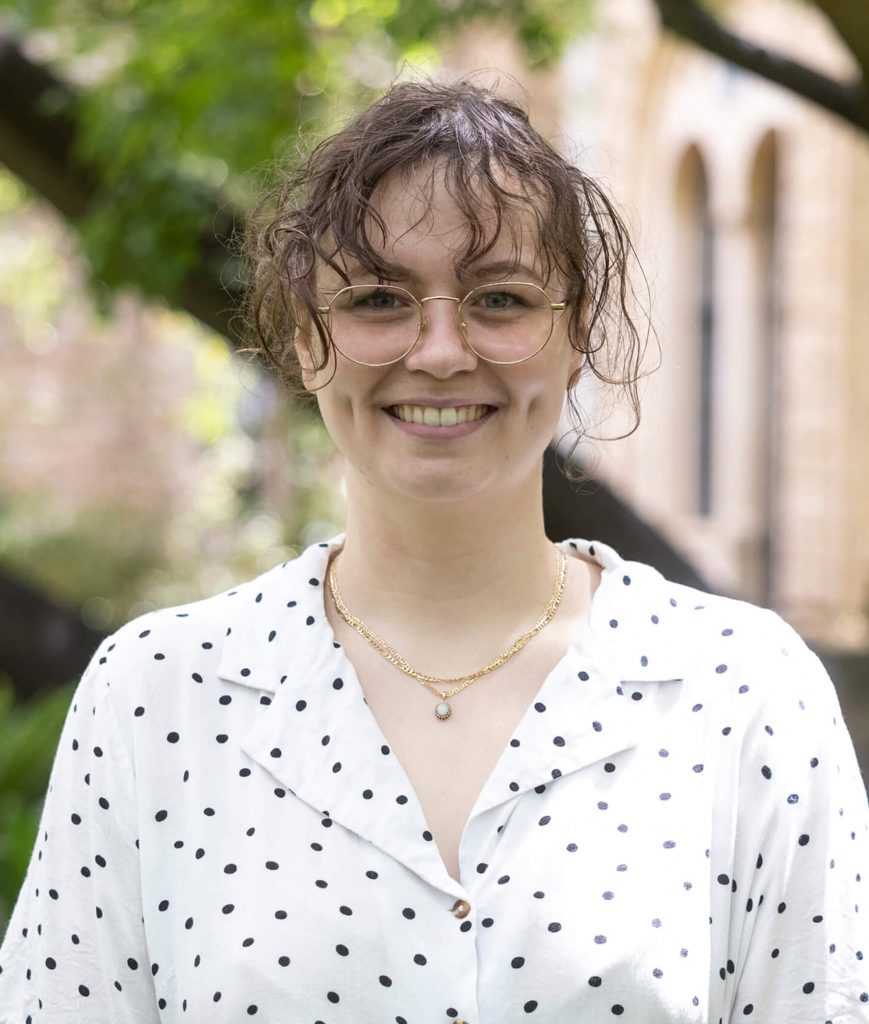
Samantha Norman (UWA)
Investigating the Molecular Evolution of C4 Photosynthesis in the Genus Neurachne.
Samantha’s research is centered around exploring the molecular evolution of C4 photosynthesis within the Australian grass genus Neurachne. This genus, unique to Australia, stands out as the sole monocot genus containing closely related species that exhibit C3, C4, and C3-C4 intermediate photosynthetic pathways. This distinctive characteristic of Neurachne provides an exceptional opportunity to delve into the molecular evolution of C4 photosynthesis in monocots.
Her research places a particular emphasis on characterizing phosphoenolpyruvate carboxylase (PEPC), the key carbon-fixing enzyme of the C4 pathway, and its corresponding isoforms in each Neurachne species. To further her investigations, the RSWA John Glover research support grant will enable Samantha to undertake a research trip to Washington State University, where she will have access to the specialized equipment essential for her work.
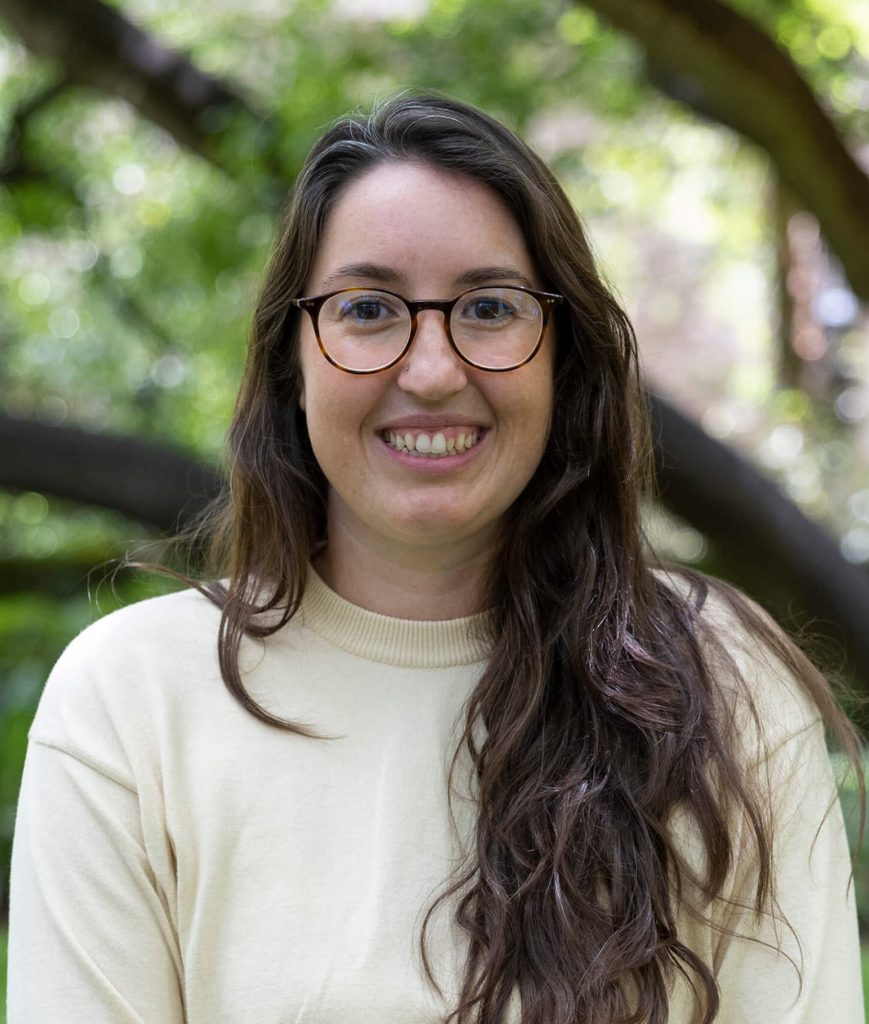
Shannon Duffy (UWA)
Genomic mechanisms of thermal resilience in reef building coral: insights from World Heritage Ningaloo Reef.
Shannon is a PhD candidate at the University of Western Australia and the Australian Institute of Marine Science, focusing on coral adaptation and acclimatization at Ningaloo Reef, a UNESCO World Heritage site. She uses genomics and heat-stress experiments to study coral responses to climate pressures, such as marine heatwaves. Her research explores molecular mechanisms behind Ningaloo’s coral response to heat stress and the genetic basis of spawning traits and population genomics in Western Australia.
Shannon’s previous work studied the symbiotic relationship between algae dinoflagellates and Scleractinian coral in offshore reefs. With a passion for genomics in conservation, she used the John Glover Research Support Grant to investigate genetic components of heat stress resilience at Ningaloo, contributing to global coral protection efforts.
